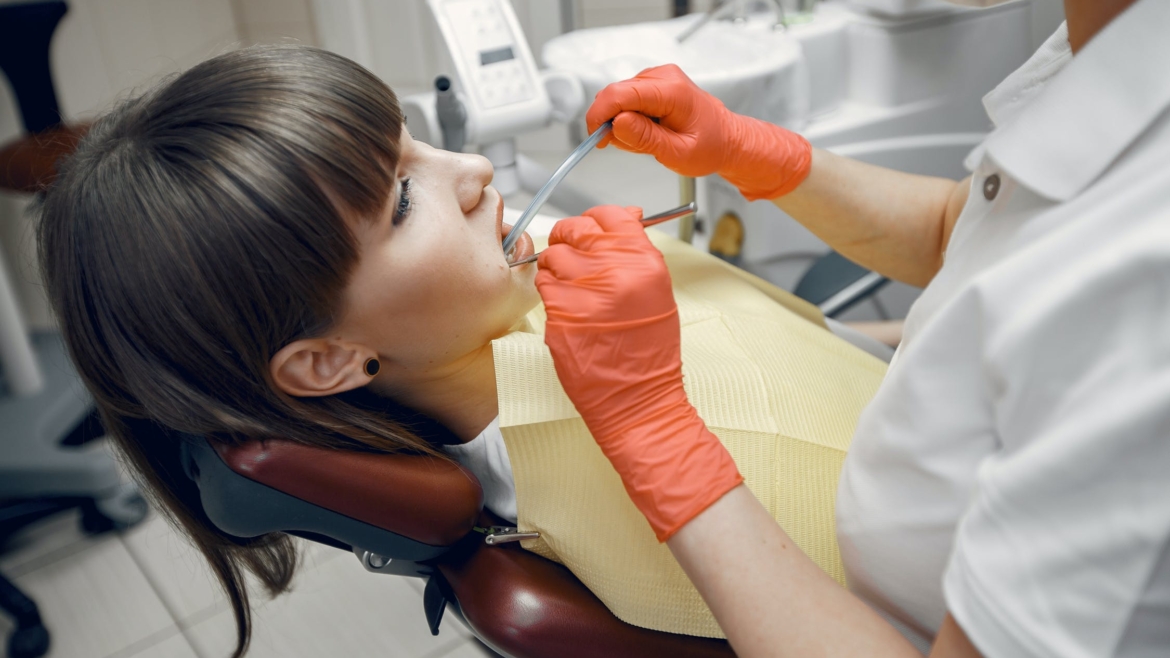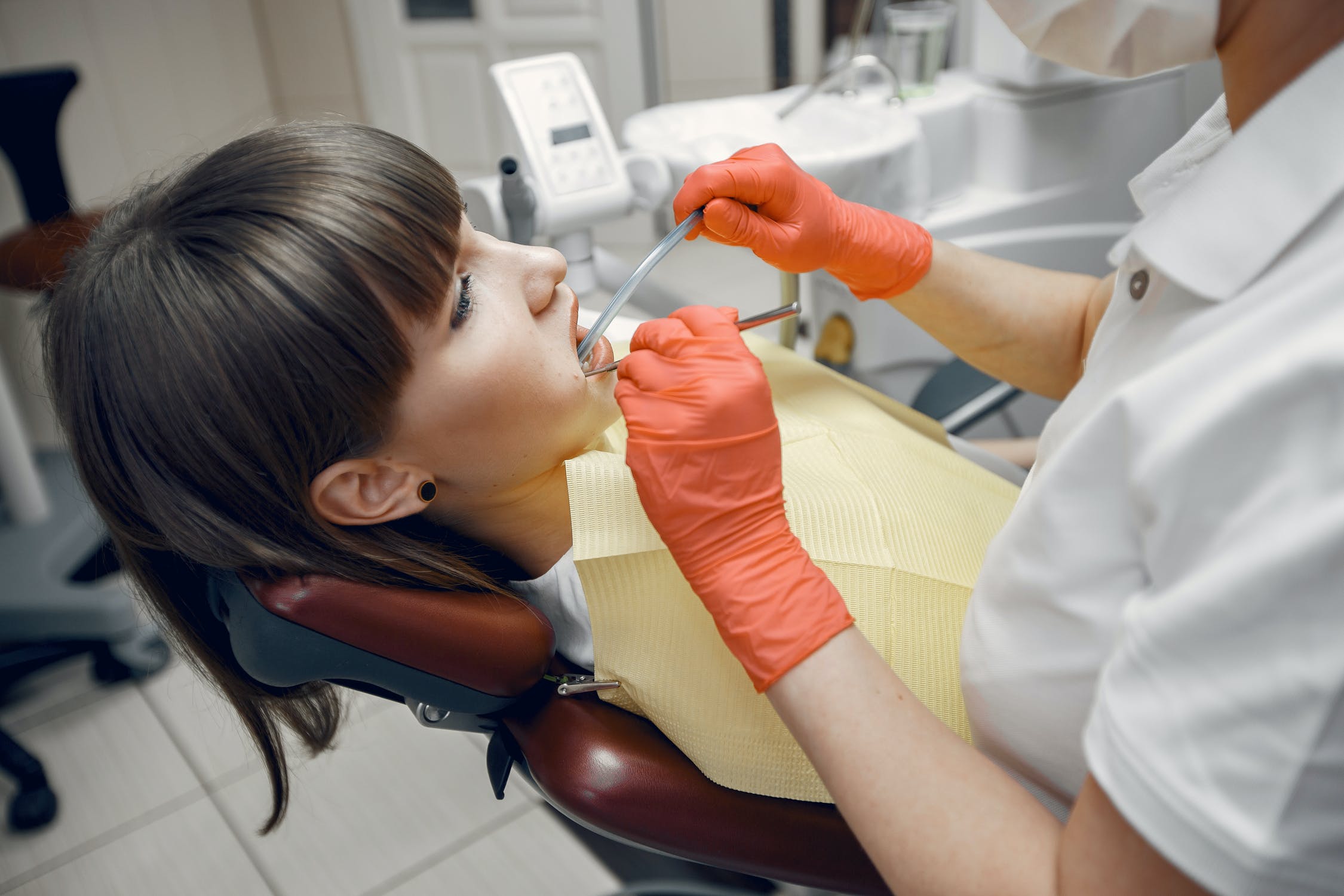What are the major reasons for tooth extraction?
– Tooth disease
When it comes to tooth decay, a dentist will usually try to save the tooth before pulling it. This means that a procedure called a root canal may be attempted before an extraction.
– Crowding
Different people have different-sized teeth. Some people’s teeth are too big to fit comfortably in their jaw, which can lead to pain and/or crookedness. In this case, the person may decide to get some of their teeth pulled in order to fix the issue. To figure out which teeth need to be pulled, the dentist will usually take multiple x-rays.
– Trauma
An injury to the mouth can damage teeth, ligaments, bone, and tissue. This might require extracting one or more teeth to correct the bite. There may be additional complications that lengthen the treatment time.
To know if you are the right candidate for tooth extraction, consult a dentist near you.
What are the different types of tooth extraction procedures?
Non-surgical tooth extraction
The most common type of tooth extraction is a simple extraction. This is usually done when the tooth is visible in the mouth and undamaged. The dentist will use an instrument called an elevator to loosen the tooth before using forceps for the final removal.
Surgical tooth extraction
If you have a tooth that is impacted or broken, you may need to have a surgical extraction. This is a procedure where the dentist makes a small incision in your gum to remove the tooth or fragment.
How long does the tooth extraction procedure take?
There are a few important steps involved in tooth extraction.
Numbing the tooth
Tooth extractions usually start with a light sedative. Your doctor may choose either a local or stronger sedative, which could make you drowsy for a short while.
This shouldn’t be a painful process. Depending on the type of sedative used, this can take five minutes to half an hour.
Extraction of tooth
Extracting a tooth can be a straightforward process, but it begins with making the socket larger. This is done by loosening the tooth in the socket and stretching the ligament that attaches it to the jawbone. With enough give in the socket, the tooth can be pulled out by rocking it back and forth.
Closing the space
After the tooth is extracted, your doctor will close the socket by removing any excess tissue and compressing the socket to a smooth size. The socket will then be thoroughly washed out and gauze will be used to keep the area clean while it heals.
Final step
When the tooth extraction is complete, your dentist will have you wait for the anesthesia to wear off before leaving the office. This is to ensure your safety before you leave. Depending on the type of anesthesia used, this can take anywhere from 15 minutes to an hour. Once the procedure is finished, it is time for post-procedure care.
Pre-procedure
Dentists and their teams typically need time to prepare patients for treatment. This includes taking a dental history, performing an examination, and answering any questions you may have. Depending on the procedure, additional steps may be necessary to ensure your comfort and safety.
After you arrive at the dental office and check-in, you will be taken to the dental chair. The assistant will explain the extraction process and answer any questions you have. They will also put on a bib to protect your clothes. Depending on how long this explanation takes, you can expect to be in the office for ten minutes to half an hour before the extraction begins.
Post-procedure
After your dentist has extracted your tooth, it is important to take a few extra steps before leaving the office. Your dentist will want to make sure that you are feeling okay and are able to walk on your own. In some cases, you may be eager to leave, but it is crucial not to rush this process. Your dental assistant will also go over the post-extraction care that you will need to do at home. This includes information on how to maintain proper hygiene and care for the extraction site.
Why should you plan ahead?
If you are having a tooth extracted, it is important to plan ahead. This means taking time off from work or school if necessary. In most cases, you should not return to work until you have fully healed. However, there may be times when you have to go back before you are completely better.


